A Pictorial History of Light (Photobiomodulation) Therapy
In the past, light therapy was conducted like this.
Auguste Rollier & Heliotherapy in Europe

Health Management Using Sunlight (1936)
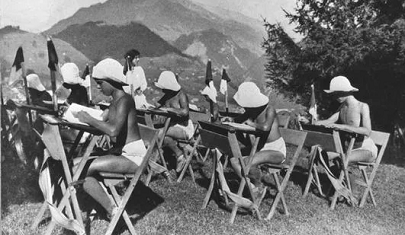
Tuberculosis Treatment Using Sunlight
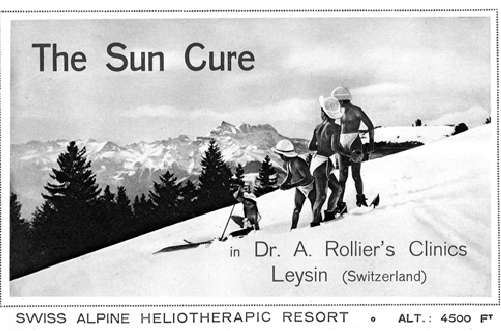

Rollier said that exposure to the sun at temperatures above 18°C is not “sunbathing” but “air bathing.”


However, this method had many issues due to ultraviolet exposure.

Auguste Rollier & Heliotherapy in Europe
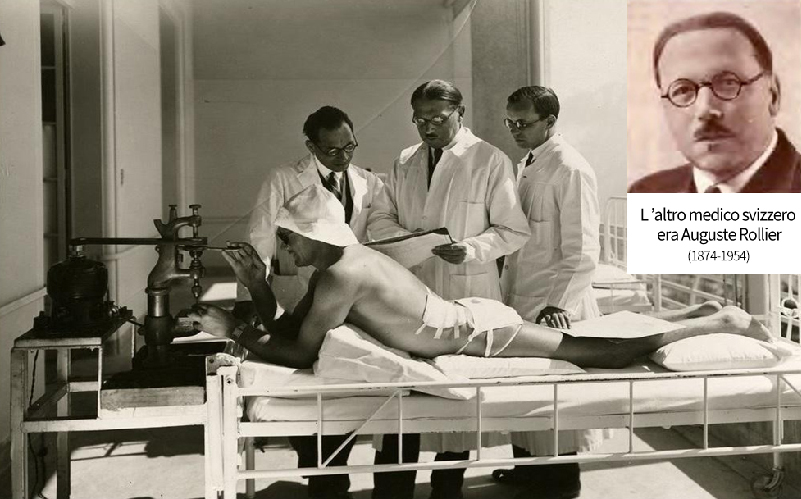
Dr.Auguste Rollier
Thus, the incandescent bulb sauna was developed.
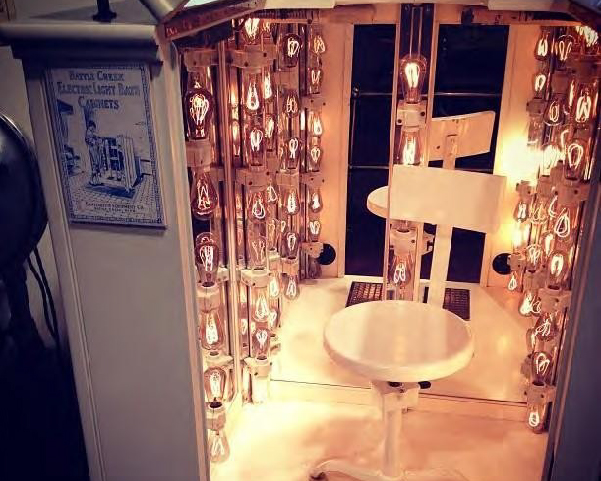
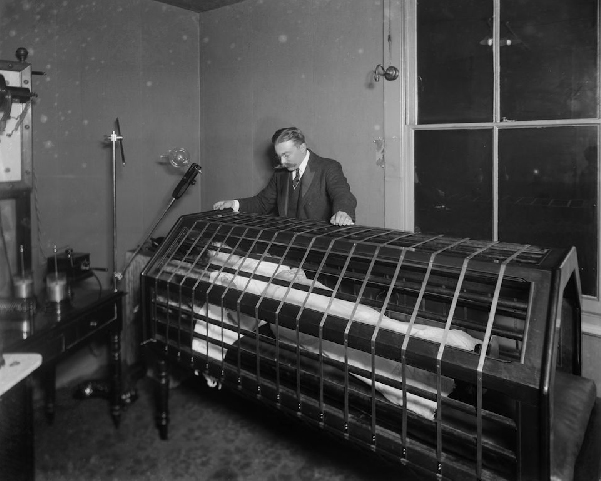
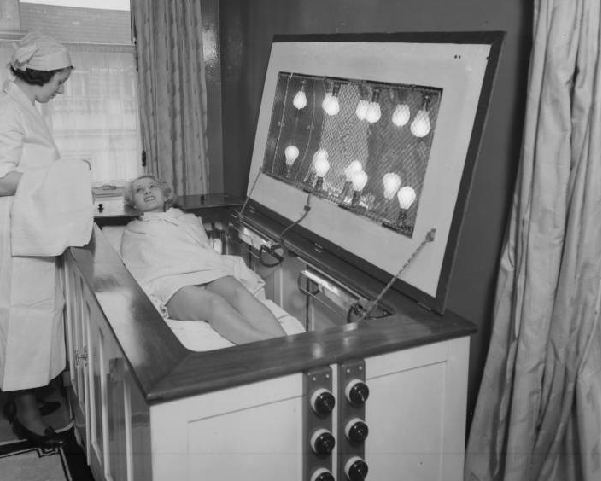
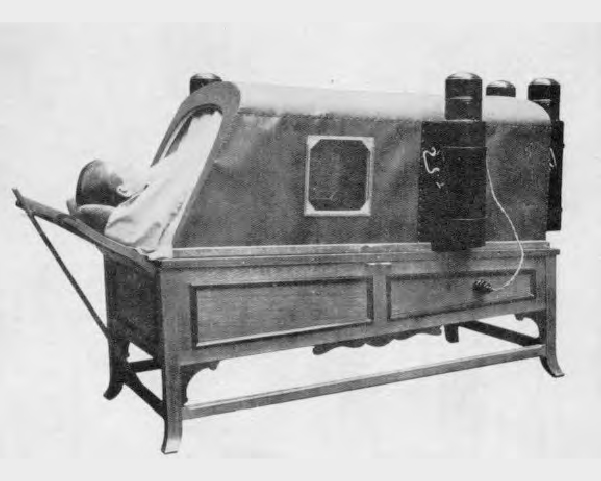
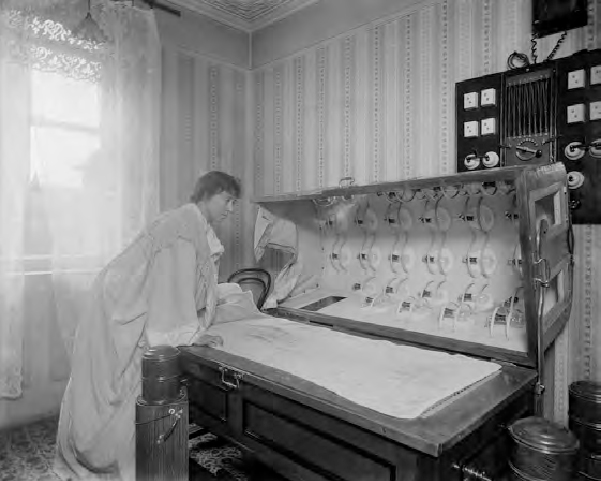
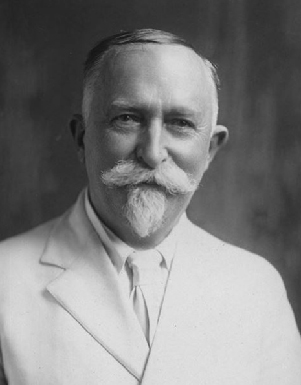
Developer of Electric Light Sauna
Dr. Kellog, John Harvey
Incandescent bulbs can function as a sauna, but they cannot precisely apply the correct wavelength (First Law of Photobiology) or intensity (Second Law of Photobiology) to target cells or chromophores for therapeutic purposes.
Heating device using incandescent lamps.
A heating device that cools heat by using water in an incandescent lamp frame
Below are heating devices from Germany, developed when there were no medical LEDs, that used incandescent lamps for heating and water to cool heat.
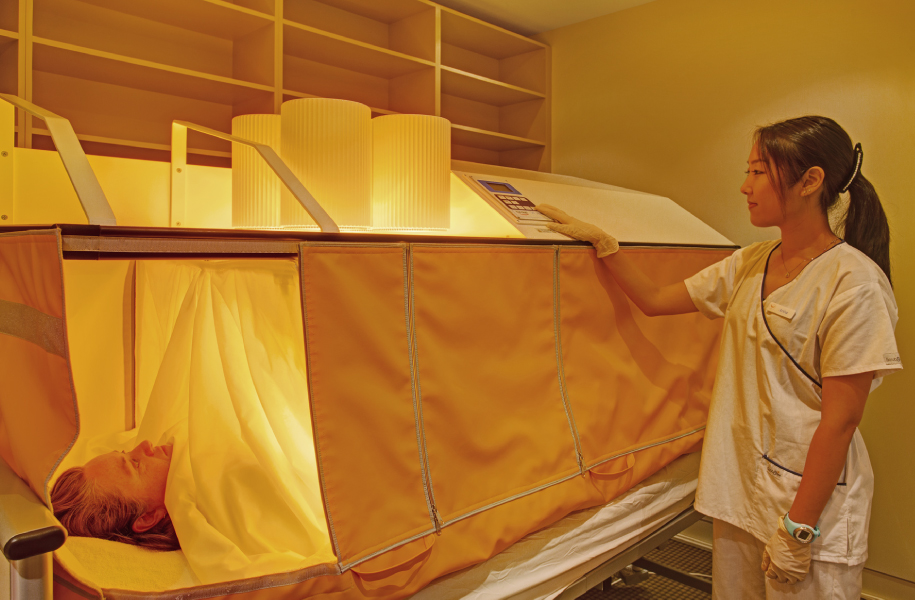
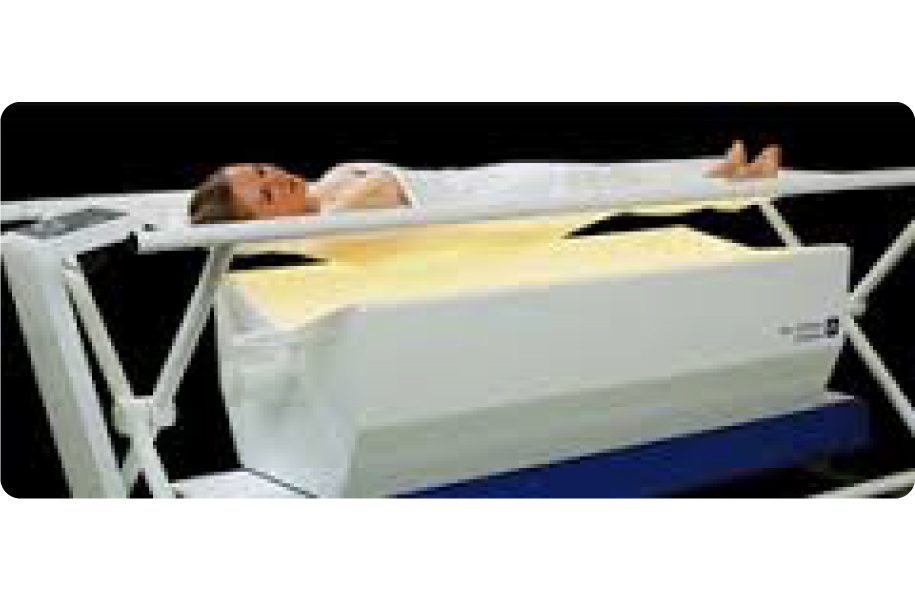
These systems relied on incandescent lamps primarily for heating purposes and incorporated water-based cooling mechanisms to offset the excessive heat generated. Although these devices provided some near-infrared output, their therapeutic potential was limited due to their inability to deliver precise wavelengths and light intensity required by the principles of photobiology.
These incandescent bulb-based systems functioned more like saunas, offering general heat rather than targeted therapy. According to the First Law of Photobiology, light must be absorbed to create a biological effect, and the Second Law of Photobiology states that insufficient intensity or incorrect dosage will render the therapy ineffective. These older systems could not fulfill either condition effectively.
In terms of performance, they emitted weak levels of near-infrared light, producing more heat than therapeutic benefit. The operational costs were also high, requiring a continuous water flow system for cooling, which in turn demanded plumbing installation and proper sewage management. Furthermore, halogen bulbs used in these devices had short lifespans—typically needing full replacement every 10 months—contributing to high maintenance expenses. Users often had to remain in these devices for over an hour to achieve minimal benefit, making them time-consuming and inefficient compared to today’s advanced LED-based PBM devices.





